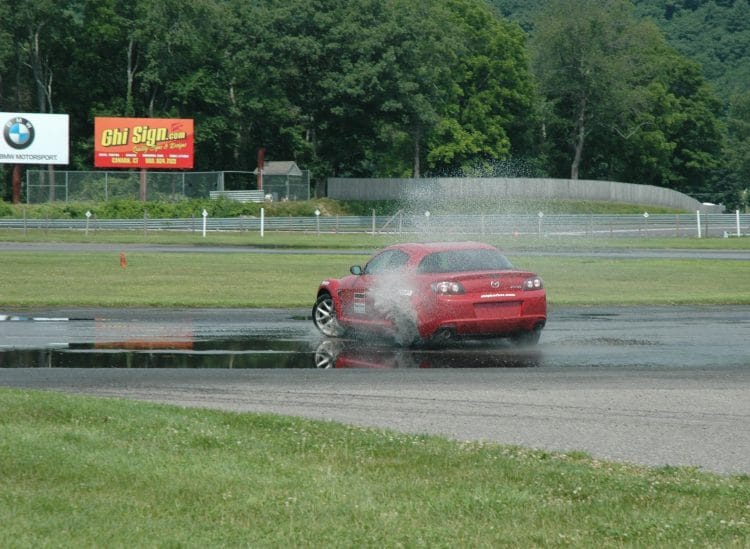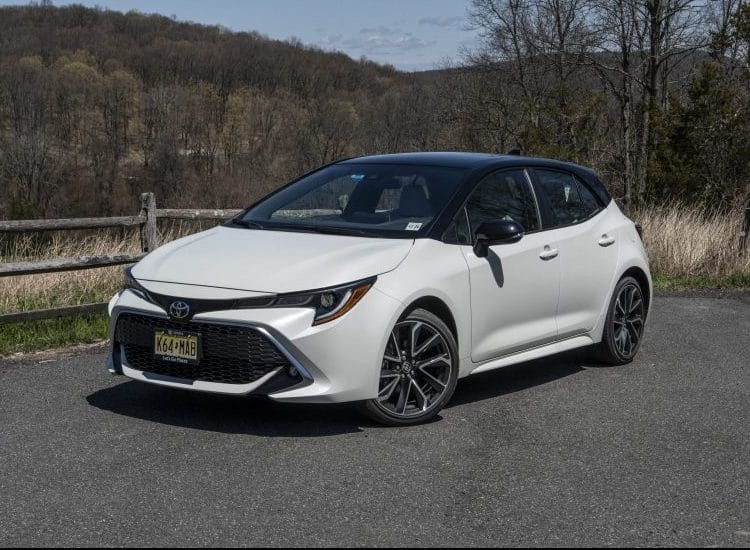By Roger Garbow
Ridgefield Magazine | November/December, 2020
As the pandemic extended from weeks into months and driving schools were closed, I noticed quite a few parents giving their teens driving lessons. This seems like a good thing, except that most people, parents included, are not the safest drivers and risk passing on their bad habits to their offspring.
Many Americans, when surveyed, say they are good or excellent drivers. If that were true, most body shops would be out of business. According to the National Highway Traffic Safety Administration (NHTSA), there are 6 million car crashes in the U.S. every year, and another 10 million crashes go unreported. That’s more than 43,000 crashes per day. Despite cars being designed to be safer than ever, traffic fatalities remain the leading cause of death for teens ages fifteen through nineteen, according to NHTSA. The administration also reports that driver error is the primary cause in nearly every crash – and highest for teens. As my friend Bob Green, a former Skip Barber master instructor and founder of Survive the Drive says, “the iceberg didn’t hit the Titanic.”
What’s a parent to do? First, choose the right car. While it’s easy to give your teen your old vehicle, that is often not the best choice. A car that’s good for you may be too big or powerful for your teen. A high horsepower SUV or sports sedan is difficult to control for a seasoned driver, never mind a “newbie.”
When my son Ben got his license, I had three criteria in a used car for him:
- Top safety ratings
- Low horsepower
- A manual transmission
We ended up with a two-year-old Scion xB, which checked all of the boxes. His friends called it the toaster on wheels, but Ben loved it. You may wonder why I wanted a manual transmission? Whether you go new or used, reference IIHS.org for their top safety picks. Most new cars and many late-model older cars have the full suite of safety features. Beyond airbags and stability control, there is automatic emergency braking, or AEB. Considering 29 percent of crashes are rear-end collisions, this tech dramatically cuts down on those types of incidents.
Your instinct might be to go with the biggest vehicle you can, thinking a bigger vehicle is safer. However, the added maneuverability of a smaller or mid-size car or compact SUV will enable the driver to avoid a crash versus just surviving it. Second, invest in driver training. If you are a parent, consider how much money you’ve spent on extracurricular activities like dance, ski or music lessons. With equipment, you’ve likely spent many thousands of dollars. Yet, we shortchange the one area that could save our child’s life: driver training.
Basic training is just that, basic. If you want your child to be safe driver, seek out more advanced training. Green’s Survive the Drive offers defensive driver courses where students learn car control, crash avoidance and the importance of situational awareness. Skip Barber Racing School’s dynamic programs offer something for everone, ranging from defensive driving to high performance driving, and even racing. Lime Rock Park offers programs at its Northwestern Connecticut facility, and Tire Rack Street Survival offers programs at various locations throughout the U.S.

Ten years ago, even before he had his license, I enrolled my son in Skip Barber Racing School’s Teen Safety & Survival School. He came away from that day a very different person. While Ben stopped baseball and karate a long time ago, he still drives. And he’s a darn good driver. The investment in that one-day program delivers returns every time he gets behind the wheel.
Roger Garbow’s Top Picks for New Drivers:
Subaru are consistently among the top-rated for safety, and its AWD system is one of the best available. A Crosstrek is a great choice for teens and an IIHS top safety pick. I drive a Crosstrek myself.
Toyotas are also good performers in crash tests. I recently spent a week with the 2020 Corolla Hatchback. While it’s considered a small car, it drives and performs like a much bigger vehicle. The Corolla is also IIHS top safety pick, and you can get it loaded with plenty of luxury features without breaking the bank.

Honda’s Civic and Accord get top ratings too, as do the Mazda 3 CX-3 and 6, Hyundai’s Elantra and the Kia Soul. Of course, Volvo continues to make safety a priority in every vehicle they build. I like the compact XC40 crossover for new drivers.